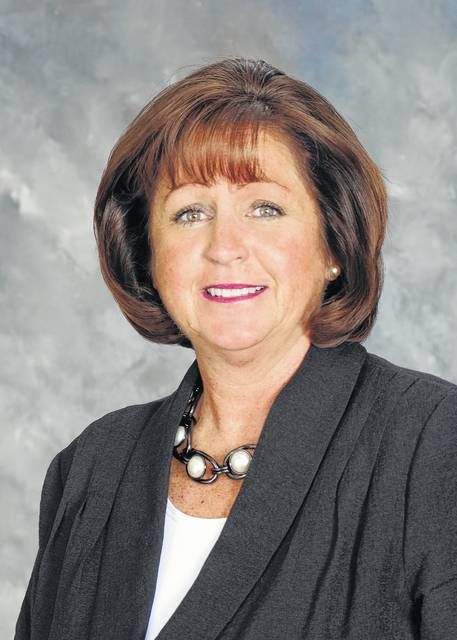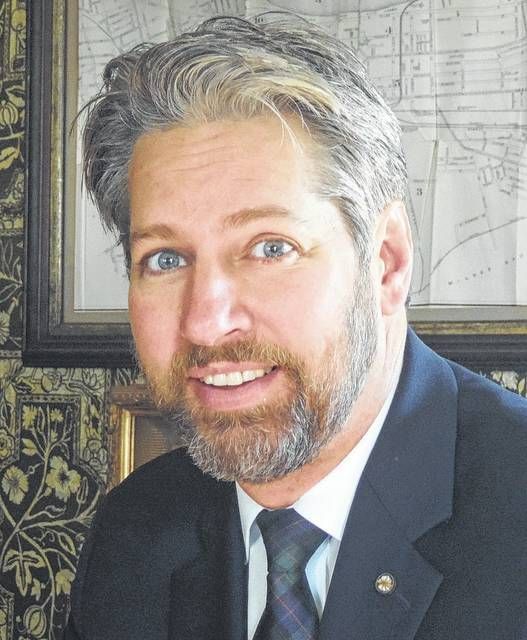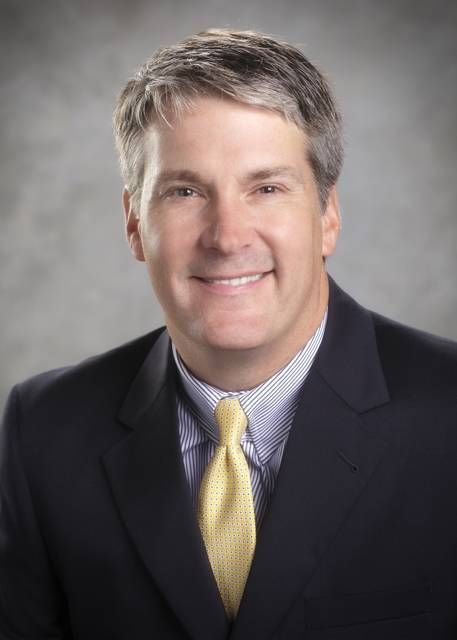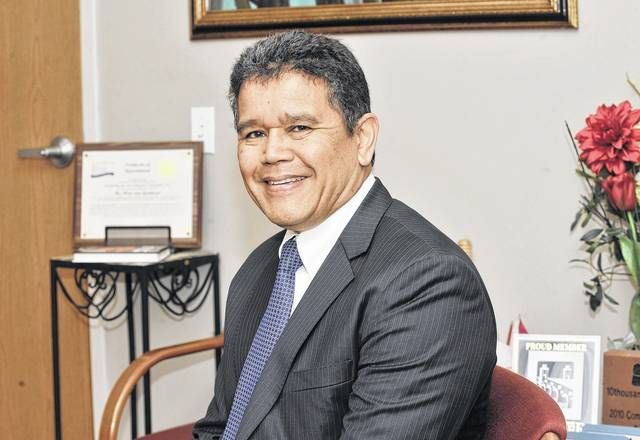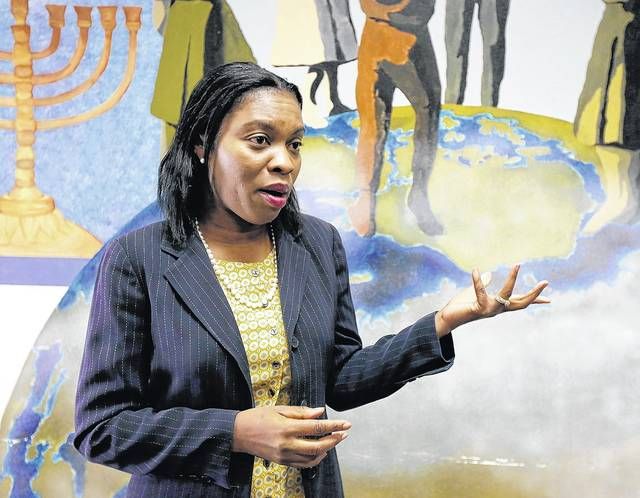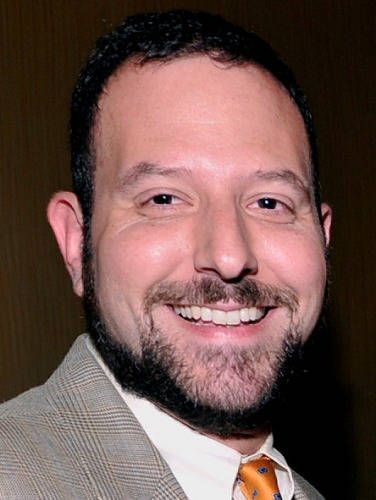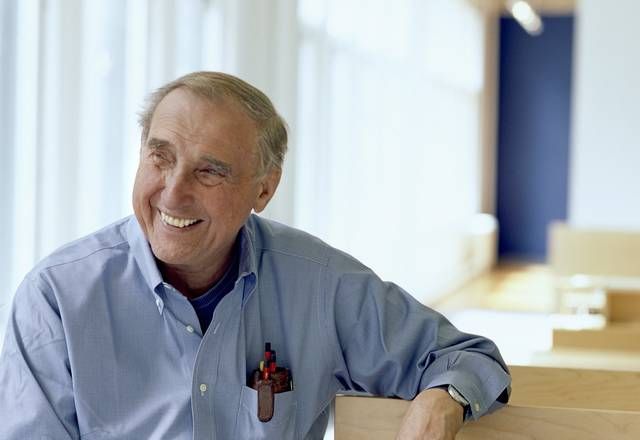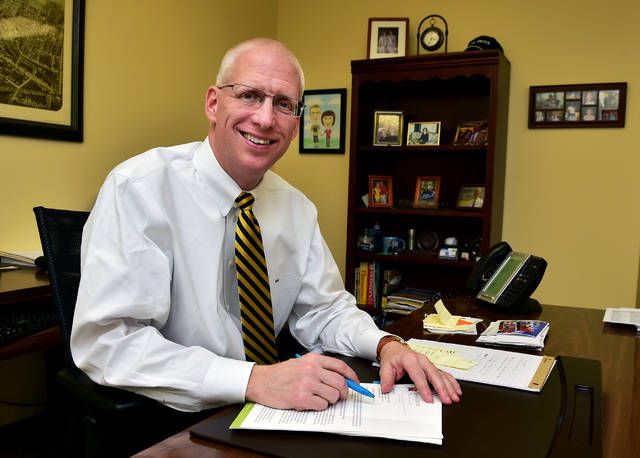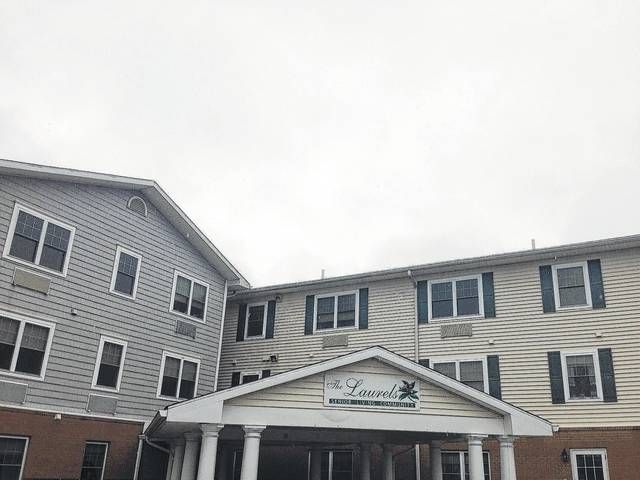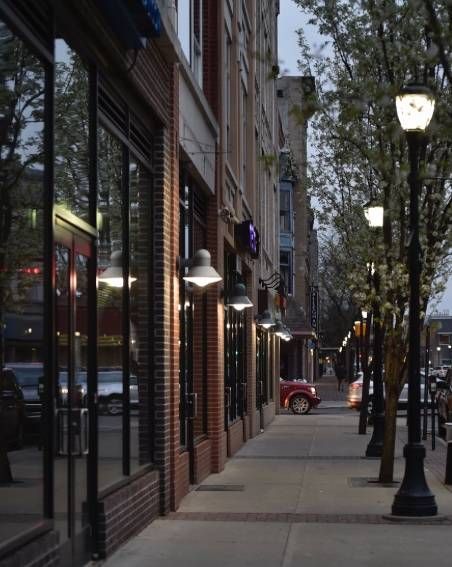Click here to subscribe today or Login.
It’s not the neighborhoods, it’s the neighborly spirit.
It’s not what the historic buildings were, it’s what they can become.
It’s not that there are people in need, it’s that there are people eager to help.
Talk to those who commit years, even decades, to improving the place where they live — Luzerne County’s “movers and shakers” — and ask “What’s the draw? What’s the future?”
The answers carry core themes: It’s an area with a good mix of urban amenities and natural retreats, of academia and everyman, a place where raising a family and launching a business are wholly compatible.
The region is full of potential, they insist, as long as we work with what we have instead of trying to be what we’re not, and as long as we build on our past rather than get mired in it.
Here’s what some of them said.
Katie McCarthy Lambert
A scion of the McCarthy family that runs the eponymous tire service business in nine states — and the company’s chief financial officer — McCarthy Lambert deflects talking business and prefers talking people.
“It’s a great community,” she said of her reasons for giving countless hours to service agencies including the Catholic Youth Center, Big Brothers Big Sisters and United Way of Wyoming Valley.
“If someone needs something, if a family is down on hard luck or a person is injured, there are a lot of people who step in and assist,” said McCarthy Lambert, 55. “I find that remarkable.”
Asked why she commits to others, she spreads the credit to a regional ethic.
“I think it’s the way my whole family was raised, and I’m sure many families are raised like that. We were raised to give back, to be thankful for what we were given. My mom and dad were raised that way, we were raised that way, and we’re raising our children that way.”
Finishing a stint as chairwoman for the United Way of Wyoming Valley, McCarthy Lambert said she has been particularly touched by the plight of children in low-income families.
“What struck me was the number of children living in poverty who may go hungry, not across the country, but right here in our community,” she said. Residents have proven receptive to helping them. “I think anything with children is an easy ask.”
Tony Brooks
If you crave the region’s past, Brooks is the go-to guy. He penned a paper in 10th grade at Wyoming Valley West High School on the history of the Market Street bridge, earning first-place honors in the state round of National History Day — a contest he now judges.
He also spent six years as executive director of the Luzerne County Historical Society, and currently runs the Wilkes-Barre Area Preservation Society and his own “Bright Life Travel” business. The city councilman said he suspects one reason he returned to Wilkes-Barre after two decades away was “to build a bridge between the people then and the people now.”
His return epitomizes “those I call boomerangs. They come back to the area for all kinds of reasons. One may be that as you get older you get tired of places like Manhattan and Philadelphia, and you want a smaller urban environment.
“I’m 52 and I love living in an historic home in Wilkes-Barre and having a cabin on the Lehigh River. You have the best of both worlds here,” he said.
The past provides a backbone for the area’s future, he said, pointing to downtown office space being retrofitted into apartments. But some things are best kept in memory only. The Wilkes-Barre downtown canopy — raised after the 1972 Hurricane Agnes flood and razed in 2005 — is a good example, Brooks said. It began as innovation and ended as outdated.
“It was a story to be told, but that story can still be told without it being there,” he said.
But history is only part of the area’s equation, Brooks said, which is why he ran for Wilkes-Barre City Council. He noted that he represents the area he grew up in, District B, covering the downtown around Wilkes University, the Rolling Mill Hill and Iron Triangle areas.
One initiative has been to build neighborhood associations. In an era of social media that both unite and divide people, there is a need “for face-to-face contact,” he said.
Saving the 110-year-old Irem Temple is another priority, with restoration of the Market Street Bridge a close second. A wooden-covered bridge first spanned the Susquehanna at that site 198 years ago, meaning 2019 is a bicentennial of sorts, and Brooks said he would like to see the bridge refurbished to better mimic the Pont Alexandre III in France, the model for the local span.
“I’d like to see a celebration, see it cleaned and bathed in architectural lighting,” Brooks said.
Pat Leahy
He may not bleed blue and gold, but Pat Leahy is cheerleader-in-chief for Wilkes University, and for the symbiotic relationship of higher education and the area’s overall progress.
“I can’t express how strongly we feel about being part of the community,” Leahy, the university’s president for the past five years, said as he referenced the school’s founding promise “to be a private institution with a public purpose” as well as “a force for academic, cultural and economic development.”
Leahy, 48, put the emphasis on being “a force, not a participant.”
That’s why Wilkes has made a “huge investment in the campus, always with an eye toward how we can integrate into the community. … We also made huge investments in entrepreneurship activities” to improve the local climate for new businesses and provide graduates eager to launch those startups.
A Maryland native, Leahy said he foresees a resurgence, thanks to a growing network of people who want to make change.
“One of the things I’m most excited about is the collaboration that I sense happening in and around Wilkes-Barre and Luzerne County,” he said. “I think we have leaders at various influential institutions all pulling in the same direction.
“I’m not saying we don’t have challenges, but I think the best days are ahead of us,” Leahy said.
For Wilkes, that includes plans for $40 million more in capital projects: creating a new media center, relocating the Sordoni Art Gallery, expanding the engineering program, renovating the Stark Learning Center, and overhauling the athletic facilities.
“One of the things I love about higher education is that it’s such a dynamic industry — the whole idea of educating the citizens and the workforce of tomorrow,” Leahy said.
Wico Van Genderen
Among the region’s community and business leaders, Van Genderen might be the ultimate outsider.
His journey toward Wilkes-Barre began when his father lost everything in Indonesia during World War II, spent time in a Japanese POW camp, and ended up flying fighter planes for NATO in the Netherlands before migrating to the United States, thanks to a sponsor in New Jersey.
It’s a history, he says, that makes it easy to work as lead pitchman for Wyoming Valley businesses as president of the Greater Wilkes-Barre Chamber of Commerce.
“My dad taught me that you have the power and the opportunity to be what you want to be — the choice is yours,” said Van Genderen, 58. “I always said we got a lot from this country, and we have to make sure you give back.”
Having spent 30 years in corporate America that sent him to 50 nations, Van Genderen concedes one reason he landed in Wyoming Valley was his wife: Her father is from Wilkes-Barre.
But he champions his adopted home like a native, almost gushing optimism when asked about local assets and potential.
For starters, there are “legacy businesses” that provide a firm foundation, including McCarthy Tire Service, Sordoni Construction, and Medico Industries, to name a few.
In the past five years or so, Van Genderen said, new leaders have arrived who are building on that base. He cited the presidents of Wilkes University, King’s College, Misericordia University and the newest, Penn State Wilkes-Barre Chancellor Dale Jones, who took office in January.
The local colleges “are small enough to be very nimble,” Van Genderen said about adapting to change in the labor market. “That becomes absolutely a key asset in moving the needle around here.”
The region also boasts fast growers such as Berkshire Hathaway Guard Insurance, which went from about “400 million premium subscriptions six or seven years ago to close to a billion in 2016,” Van Genderen said.
Like others, Van Genderen cited community values as a vital asset.
“We have a strong work ethic in a community where you want to raise and grow a family,” he said.
“I love this place,” Van Genderen said. “I’ve only been here going on three years, but I feel like I’ve known these people all my life.”
Guerline Laurore
Laurore, an attorney who is the first female president of the Wilkes-Barre NAACP chapter, has journeyed from Haiti to French Guiana to the Wyoming Valley, adding credence to her push for greater diversity in many local institutions. She said she’s seen discrimination first hand, and while others tout the area’s many strengths, she points out an ongoing weakness.
“We are still trying to get more minority teachers in Wilkes-Barre Area (School District),” Laurore said, citing a cause the local NAACP has been pushing for decades.
The district’s minority enrollment continues to grow. According to state data, in the past decade it has climbed from less than a quarter of total enrollment to about a half, yet the number of minority teachers has remained stagnant. Studies repeatedly suggest that minority students perform better academically if they have at least one minority teacher.
Laurore, 43, said a similar problem exists in area college faculty, where she has been unable to get an adjunct position despite having taught elsewhere, including in Potter County. But she also said the attitude toward hiring minority teachers seems to be changing.
She cited comments by Penn State Wilkes-Barre Chancellor Dale Jones, the appointment of Nigerian-born Abel Adekola as business school dean at Wilkes University, and outreach efforts at Luzerne County Community College.
“I’m optimistic,” Laurore said. “I’m hopeful about LCCC, I believe Penn State Wilkes-Barre is also committed to making change, and Dr. Adekola is very committed as well. We just have to wait.”
Peter Bohlin
As one of the founding principals in the widely respected architectural firm of Bohlin Cywinski Jackson, Bohlin could live anywhere he wants, working in one of five locations from New York City to Seattle to San Francisco. Yet he always returns to the Wyoming Valley.
“I lived in our region, my wife grew up in our region, so I feel very much a part of it,” said Bohlin. He cited as one lure the venerable Market Street tower where his firm occupies an entire floor so high “you can see in all four directions.”
He also points to apartments being put into the building, once home to a Citizens Bank branch.
“It’s great to encourage more people to live downtown,” he said. “It’s good for the economy and for a rich cultural life.”
The surrounding landscape is another bonus: the nearby parks, wooded mountains and Susquehanna River, to name a few — though he suggests the river is still underutilized.
“I think Wilkes-Barre and the region would benefit from a trail, most likely along the river,” he said, adding that bike and hiking paths are increasingly common, “and I think we have yet to take full advantage of that.”
Ideally, a path would be created to allow cyclists to pedal from Wilkes-Barre to Scranton, where a trail recently was built along the Lackawanna River.
Many people don’t realize the caliber of architects Wyoming Valley drew during the coal boon, and the rich architecture that remains from those days. People also may not realize that companies such as Bohlin’s continue to draw high-caliber employees from outside the area.
Meld all that with the work ethic of those who had “rugged” ancestors who helped build the region, and the area truly is “rich in resources” that keep firms like Bohlin Cywinski Jackson around despite national success.
“Out practice has grown on both coasts, but we will always have an office in Wilkes-Barre,” he said.
Larry Newman
See Q&A with Newman, executive director of the Diamond City Partnership, on the next page.
